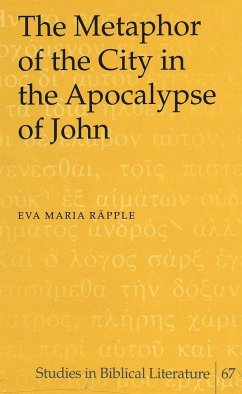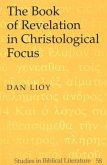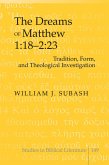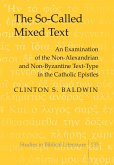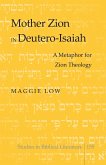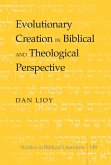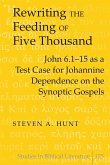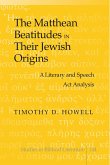Throughout history, the vision of a new city - the heavenly Jerusalem coming down from heaven - has inspired human beings to dream about community, society, and the world. Acting as an incentive to turn unsatisfied longing into utopian ideas and, ultimately, action, the language of the Apocalypse of John has long inspired human imagination in a highly effective manner. This fact has contributed to its controversial role in the history of New Testament interpretation; its bizarre, often paradoxical language seems to veil, rather than reveal, its message. Interestingly, the Apocalypse has never ceased to be an inspiration for artists: unlike conceptual language, art does not restrict interpretation, but has the power to incite the reader or audience to imagine. Using artistic expression as paradigm, this book examines a central image - the city - as metaphorical material, investigating the dynamic, interpretive process from text to imagination.
Bitte wählen Sie Ihr Anliegen aus.
Rechnungen
Retourenschein anfordern
Bestellstatus
Storno

